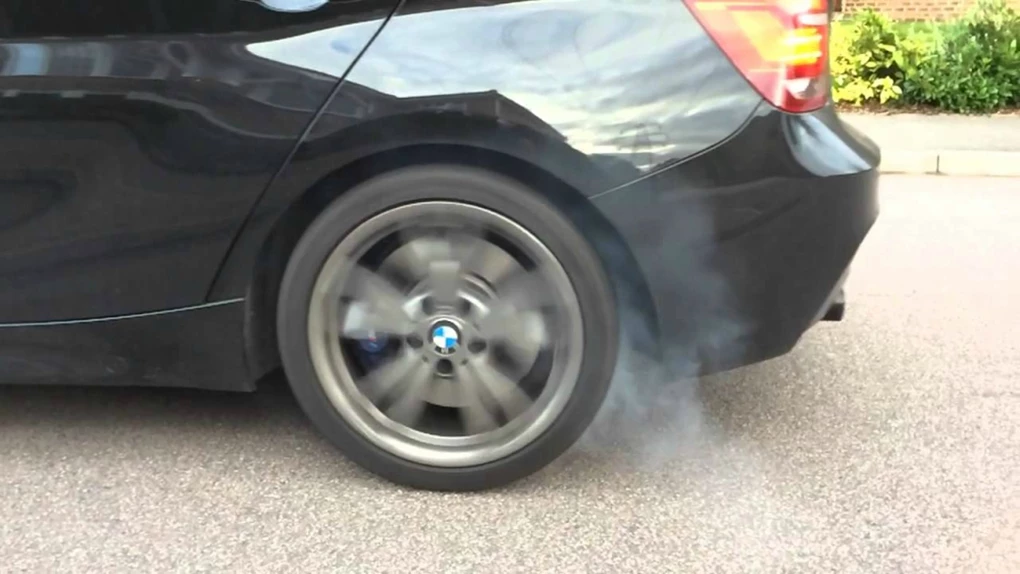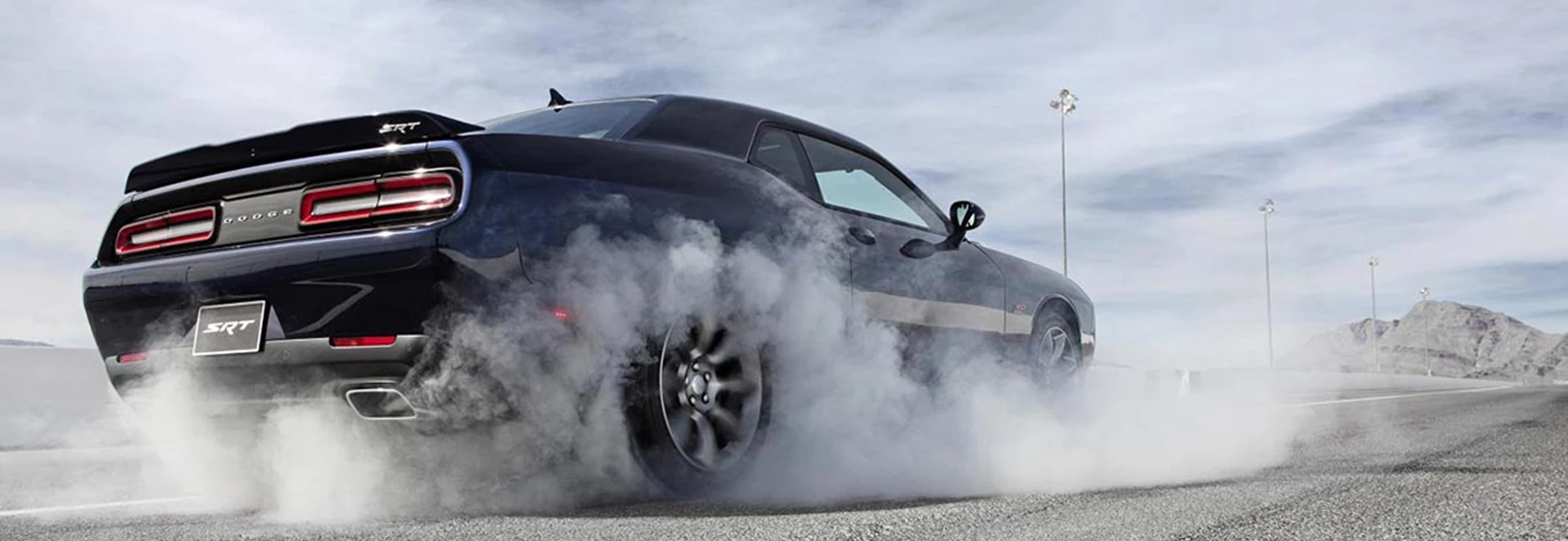Wheelspin is something which any driver could experience with their car in certain moments.
But what is it exactly? Why does it happen and how can one reduce the chances of it happening?
How wheelspin occurs
Wheelspin is what happens to a car when the driver applies the accelerator, and the subsequent torque sent to the driving wheels causes one or both them to lose traction and rotate more rapidly than the non-driving wheels do.
A car will move very little or not at all when wheelspin occurs to the driving wheels, and it’s a clear sign that the car does not currently have sufficient grip to move in the way intended.

Wheelspin is most likely to occur when a car is being driven in greasy conditions, and acceleration is applied aggressively. Most modern cars come with a driving aid called traction control which is designed to eliminate the chances of wheelspin while accelerating. But it’s a problem that can still crop up if the road conditions are slippery enough.
When one or two of the driven wheels are on a slippery surface like a wet road or one covered in ice, snow or mud, the amount of traction available is vastly reduced. This fact alone makes it a lot easier to apply more torque to the wheel(s) than they can cope with.
Avoiding wheelspin
Wheelspin can potentially be avoided on a slippery road if you apply the throttle gently. But there may be times when you’ll tempted to be aggressive with the accelerator pedal because the surface you’re on is a struggle to move across.
Alternatively, a car with a locking differential - a feature common amongst vehicles designed with off-roading in mind - is far less likely to experience wheelspin.




